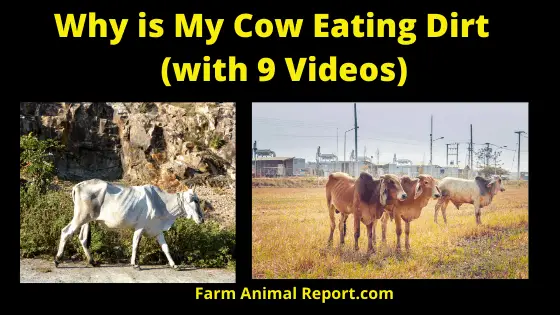Why Is My Cow Eating Dirt
Why Is My Cow Eating Dirt – The intentional intake of dirt or soil is a common occurrence amongst various animal species animals including cows. Most contributions on the immediate cause of eating dirt, however, mention the mitigation of mineral deficiencies, and this explanation for eating dirt became so accepted that most sites where this is observed, are referred to as “mineral licks”, “salt licks” or “soil licks”.
Various studies suggest that mineral supplementation might be the most likely cause for soil or dirt consumption. The following are the possible reasons why this phenomenon occurs.
- Mineral Deficiency
- Acidosis
- Toxins in Feed
- Boredom
Cow Has Mineral Deficiency
- The animal is trying to meet a mineral deficiency. Producers that have cattle eating soil report that when salt or selenium was added or increased in the ration, the problem stopped. This brings up an interesting question. Do cattle have the ability to balance their mineral needs if free-choice minerals are presented? Researchers have investigated this and found no ability by the animals to pick and choose their daily mineral needs. However, there is a lot of anecdotal evidence to the contrary.
Cow Has SubClinical Acidosis
- The second possibility is to buffer the stomach from subclinical acidosis. Heavy grain diets or diets low in effective fiber can cause the pH of the rumen to be too low. Cattle are ruminants that need long particles to stimulate cud-chewing. Although the material is placed in the mixer wagon may be of sufficient length, the mixing process can break down particles, creating ineffective fiber stimulation in the rumen.
Cow Has Gotten Toxins in its Feed
- The third possible reason that cattle eat soil is to counter the effects of toxins in the feed. Mycotoxins are frequently found in silage made from drought-stressed corn, improperly packed or stored silage, or silage made with plants that are at the wrong stage of maturity.
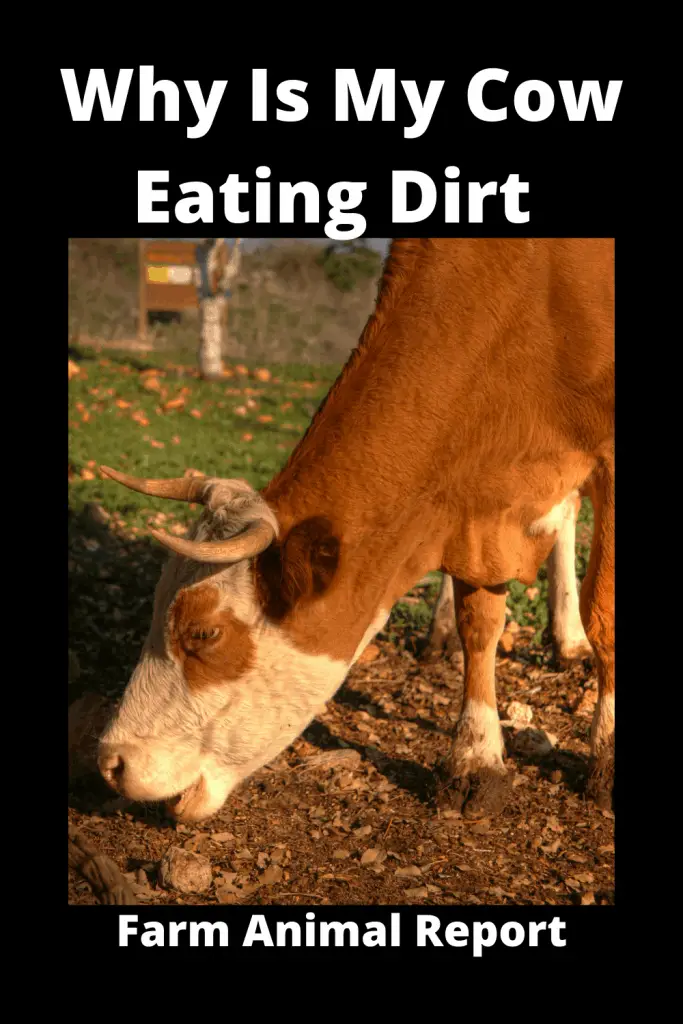
Cow is Bored
- The last possibility for this strange change of diet is good, old-fashioned boredom. Sometimes an animal will start eating soil just for the fun of it. In this scenario, the eating will be intermittent.
Mineral Deficiencies in Cattle
In ruminants, mineral deficiency can impair or even inhibit metabolic pathways required for normal body function, and produce clinical symptoms of different intensity.
Severe macro element or microelement deficiencies are manifested by symptoms corresponding to the function of the deficient element in the body, thus contributing to an accurate diagnosis of the health problem. In a minor deficiency, the symptoms are non-specific, often transient, and difficult to diagnose due to low intensity.
Symptoms of Mineral Deficiencies
Mineral deficiency generally leads to impaired immunity, inhibited growth, reproductive disorders, and lower productivity in animals. In ruminants, subclinical deficiencies are observed more frequently than severe ones, hence the interest in the role of minerals in animal production on behalf of breeders, feed manufacturers, veterinary practitioners as well as researchers.
See Our Guide – Ways to Make Money Cattle Farming
Causes of Mineral Deficiencies in Cattle
Mineral deficiencies can result from the low-quality feed, impaired absorption or assimilation of minerals in the body, or increased demand for minerals during intensive growth, pregnancy and lactation.
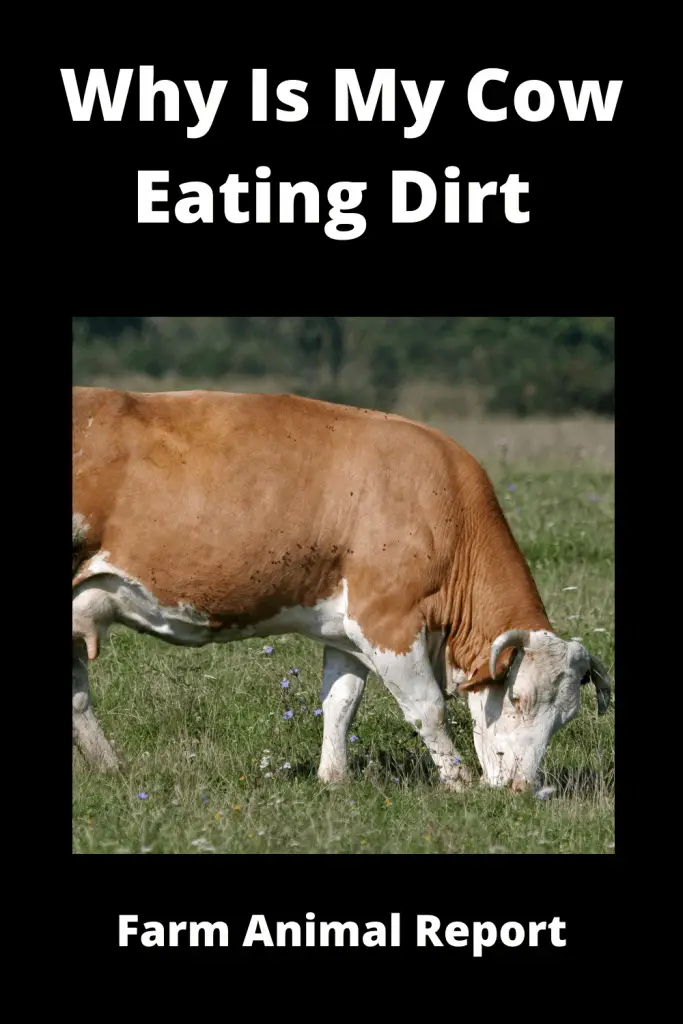
9 Minerals and What they Strengthen in Your Cows
Calcium (Ca) is the most abundant mineral in the body, and 99% of this element is found in bones. Calcium is essential to key body processes such as ossification, blood coagulation, cardiac rhythm control, cell membrane permeability, nerve and muscle excitation, activation and secretion of hormones and enzymes.
Phosphorus (P) is the second most abundant mineral in animals, and 80% of this element is located in bones and teeth. Phosphorus works together with calcium in ossification processes and is a constituent of energy-rich compounds and nucleic acids. Calcium and phosphorus levels in the body are regulated by vitamin D3 and parathyroid hormones: parathormone and calcitonin.
Magnesium (Mg) is the second most abundant intracellular cation in mammals after potassium. Bones and muscles are the main magnesium pools in the body. Magnesium plays a vital role in nearly all physiological processes and participates in many cellular metabolic pathways. It activates nearly 30 enzymes and participates in the metabolism of carbohydrates, nucleic acids, and proteins. Magnesium stabilizes DNA structure and influences RNA transcription as well as the formation of ribosomal subunits.
Selenium (Se) is closely linked with vitamin E and Sulphur-containing amino acids. The physiological significance of selenium can be attributed to its presence in more than 30 selenoproteins, most of which are enzymes. Glutathione peroxidase, one of the major selenoproteins, protects hemoglobin and fatty acids against oxidation and scavenges free radicals.
Cobalt (Co) catalyzes biochemical reactions in various metabolic pathways, including hydration, hydrogenation, and desulphurization. This element participates in the biosynthesis of nucleic acids and stimulates the production erythropoietin in the kidneys, which is required for healthy erythropoiesis in living organisms.
Iron (Fe) is essential for the maintenance of systemic homeostasis. Iron is the fourth most abundant element on the earth, but environmental reactions such as oxidation prevent its full biological use Iron compounds play various roles in the body, the major ones being oxygen transport (hemoglobin) and storage (myoglobin). As well as regulating phagocytosis and immunoglobulin production, iron-containing enzymes participate in immune responses by conditioning the non-specific immunity of acute-phase proteins, transferrin, hemoglobin, and lactoferrin.
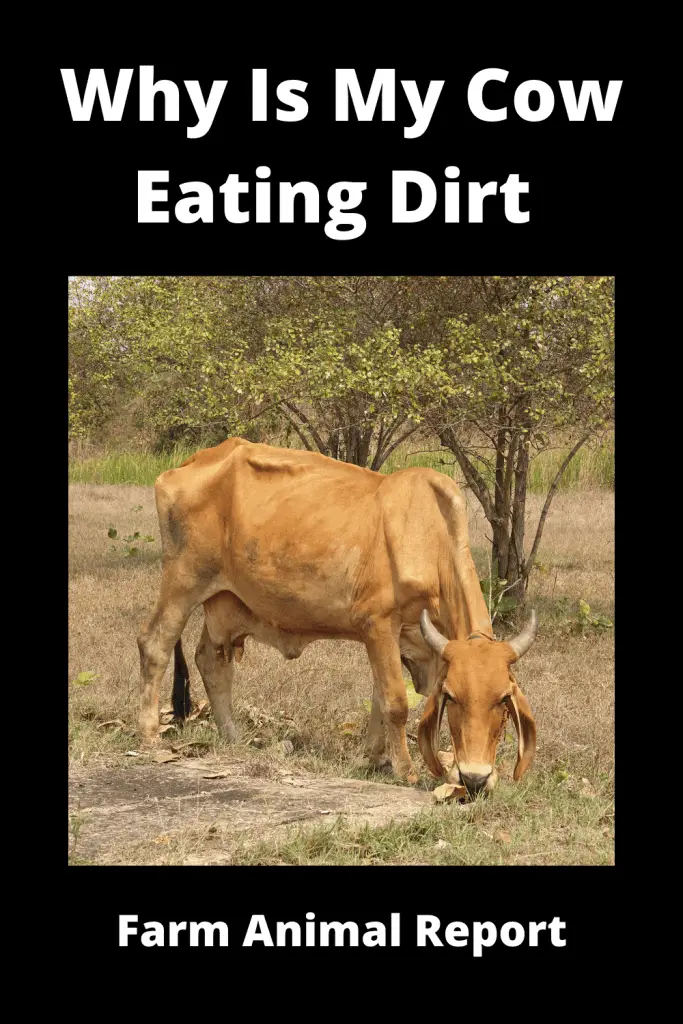
Copper (Cu) is found in many enzymes and plays a very important regulatory role in biochemical processes. Copper is a component of two key aerobic metabolism enzymes: cytochrome C oxidase and superoxide dismutase. The discussed element influences the prooxidative-antioxidative balance and exerts antioxidative effects. Copper participates in the formation of myelin sheaths surrounding nerve fibers, hematopoiesis, and skeletal development; it regulates the synthesis of collagen, elastin, melanin, and catecholamines; it influences the color and waviness of the hair coat. Copper stimulates iron absorption and metabolism.
Zinc (Zn) is a component or an activator of nearly 300 enzymes and it plays a variety of biological roles in the body. It is a structural element of superoxide dismutase, alkaline phosphatase, carbonic anhydrase, lactate dehydrogenase, RNA and DNA polymerases. Zinc is essential for hormonal functions, including the growth hormone (GH), thyroid-stimulating hormone (TSH), glucagon, insulin, follicular stimulating hormone (FSH), luteinizing hormone (LH) and adrenocorticotropic hormone.
Sodium and potassium ions are the major cations responsible for the maintenance of physiological blood pH values in animals. Their content differs considerably in intracellular and extracellular fluids (plasma and extracellular, extravascular fluid). Potassium concentrations are higher than Na concentrations inside cells, whereas the reverse is observed in plasma, where Na accounts for 90% of all mineral elements. Sodium and potassium regulate osmotic pressure in body tissues. Different concentrations of Na and K ions on the two sides of the cell membrane contribute to the maintenance of stable resting membrane potential and nerve conduction. Na and K ions affect muscle contractility and tension. Physiological Na concentrations support monosaccharide and amino acid absorption.
Rumen Acidosis in Cattle
It is a metabolic disease of cattle. Like most metabolic diseases it is important to remember that for every cow that shows clinical signs, there will be several more which are affected sub-clinically. Acidosis is said to occur when the pH of the rumen falls to less than 5.5 (normal is 6.5 to 7.0). In many cases, the pH can fall even lower.
The fall in pH has two effects. Firstly, the rumen stops moving, becoming atonic. This depresses appetite and production.
Cow can Die From Indigestion
Secondly, the change in acidity changes the rumen flora, with acid-producing bacteria taking over. They produce more acid, making the acidosis worse. The increased acid is then absorbed through the rumen wall, causing metabolic acidosis, which in severe cases can lead to shock and death.
Severe Rumen Acidosis / Call Yor Vetrinarian
Cause of Rumen Acidosis
Cause: The primary cause of acidosis is feeding a high level of rapidly digestible carbohydrate, such as barley and other cereals.
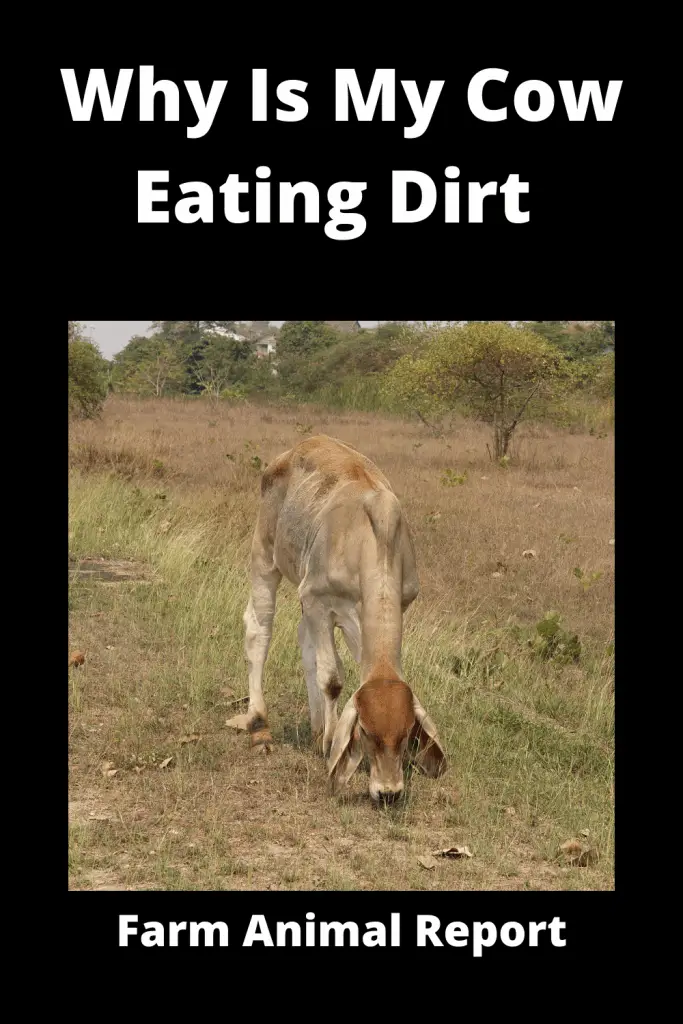
Acute acidosis, often resulting in death, is most commonly seen in ‘barley beef’ animals where cattle have obtained access to excess feed. In dairy cattle, a milder form, sub-acute acidosis, is seen as a result of feeding increased concentrates compared to forage.
Symptoms of Rumen Acidosis
Symptoms: Acute acidosis often results in death, although illness and liver abscesses may be seen beforehand. Cattle may become depressed, go off feed, start eating dirt, have an elevated heart rate or diarrhea.
Prevention of Rumen Acidosis
Prevention: The key to prevention is reducing the amount of readily fermentable carbohydrates consumed at each meal. This requires both good diet formulation (proper balance of fiber and nanofiber carbohydrates) and excellent feed bulk management.
Animals consuming well-formulated diets remain at high risk for this condition if they tend to eat large meals because of excessive competition for bunk space or following periods of feed deprivation.
Feeding excessive quantities of concentrate and insufficient forage results in a fiber-deficient ration likely to cause subacute ruminal acidosis. The same situation may be seen during the last few days before parturition if the ration is fed in separate components.
Including long-fiber particles in the diet reduces the risk of subacute ruminal acidosis by encouraging saliva production during chewing and by increasing rumination after feeding. However, long-fiber particles should not be easily sorted away from the rest of the diet; this could delay their consumption until later in the day or cause them to be refused completely.
Ruminant diets should also be formulated to provide adequate buffering. This can be accomplished by feedstuff selection and/or by the addition of dietary buffers such as sodium bicarbonate or potassium carbonate. Dietary anion-cation difference is used to quantify the buffering capacity of a diet.
Supplementing the diet with direct-fed microbial that enhance lactate utilizers in the rumen may reduce the risk of subacute ruminal acidosis. Yeasts, Propionibacterium, lactobacilli, and enterococci have been used for this purpose. Ionophore supplementation may also reduce the risk by selectively inhibiting ruminal lactate producers.
What Should You Do if You See Cows Eating Soil?
First, have your nutritionist check the mineral and effective fiber levels of the diet. While the tests are being conducted, you may want to make free-choice sodium bicarbonate and bentonite available to the herd. Although bicarb is not normally palatable, animals with subclinical acidosis seem to eat it to relieve the symptoms.
Bentonite, a fine clay material, serves as a mycotoxin binder. Be prepared to go through a few bags of both. Dairymen tell me it will go fast at first, but then the consumption will taper off.
Cattle that have consumed large amounts of dirt or rocks and have clinical dirt-oasis may have blocked abomasum that is unable to move feed to the small intestines. This can lead to an imbalance in electrolytes, poor performance and weight loss. However, for most cattle, with the exception of parasite contamination, there is little risk from the practice.
If You See Your Cow, or your Cows Eating Dirts. First Consider if it might be Boredom
Once you have eliminated that – Check with your feed supplier for an analysis of the feed you are feeding your cattle. Also, check with Free Range Forage your Cattle are Getting.
Eating Dirt is a Symptom of an Unhappy Cow – Need to be a Sherlock Holmes
World Cattle Breeder Associations
| Cattle Association | Location | Link |
|---|---|---|
| National Cattleman's Beef Associations | United States | NCBA |
| United States Cattlemans Association | United States | USCA |
| Ohio Cattlemans Association | Ohio | OCA |
| American Angus Association | United States | AAA |
| United Kingdom Cattle Associations | UK | UKCA |
| Australia Cattle Associations | Australia | ACA |


